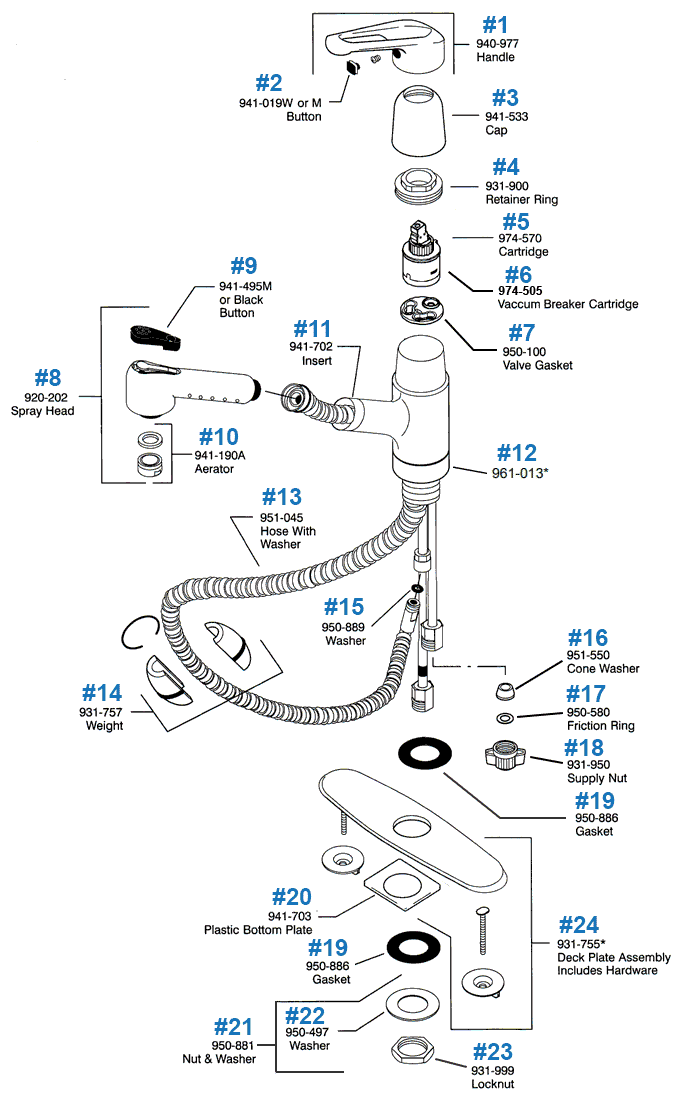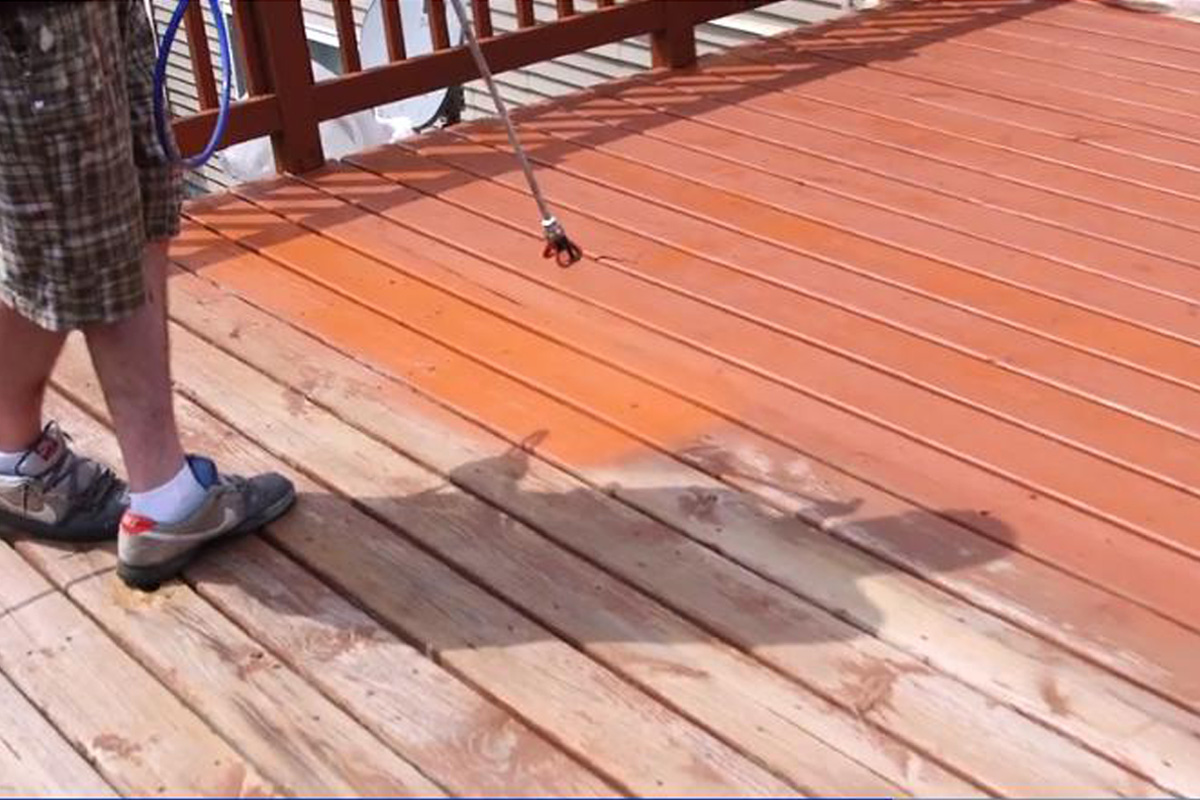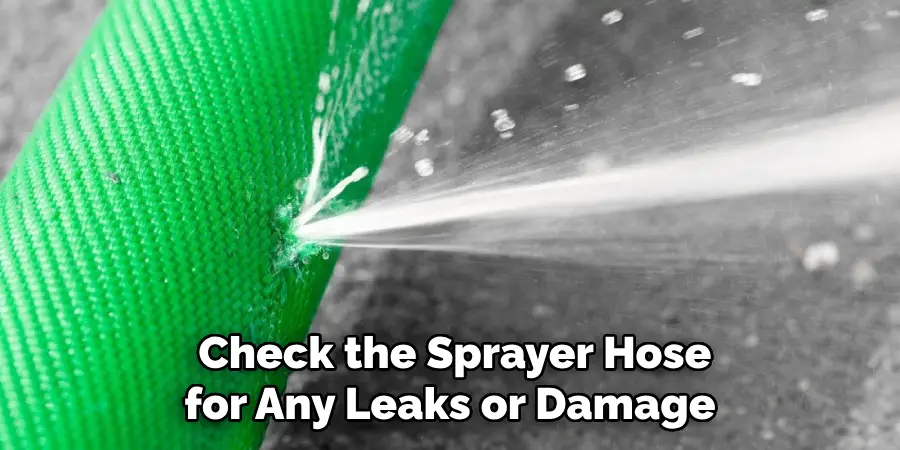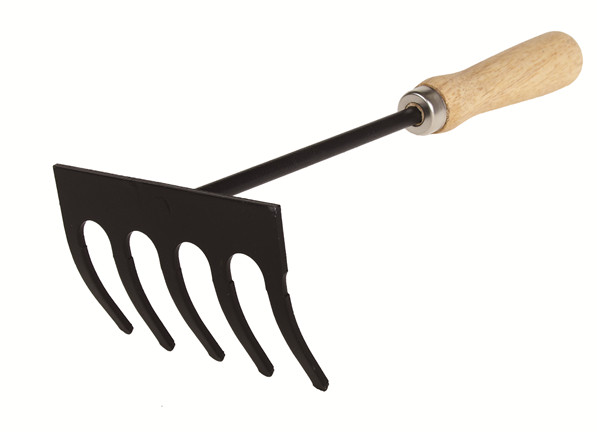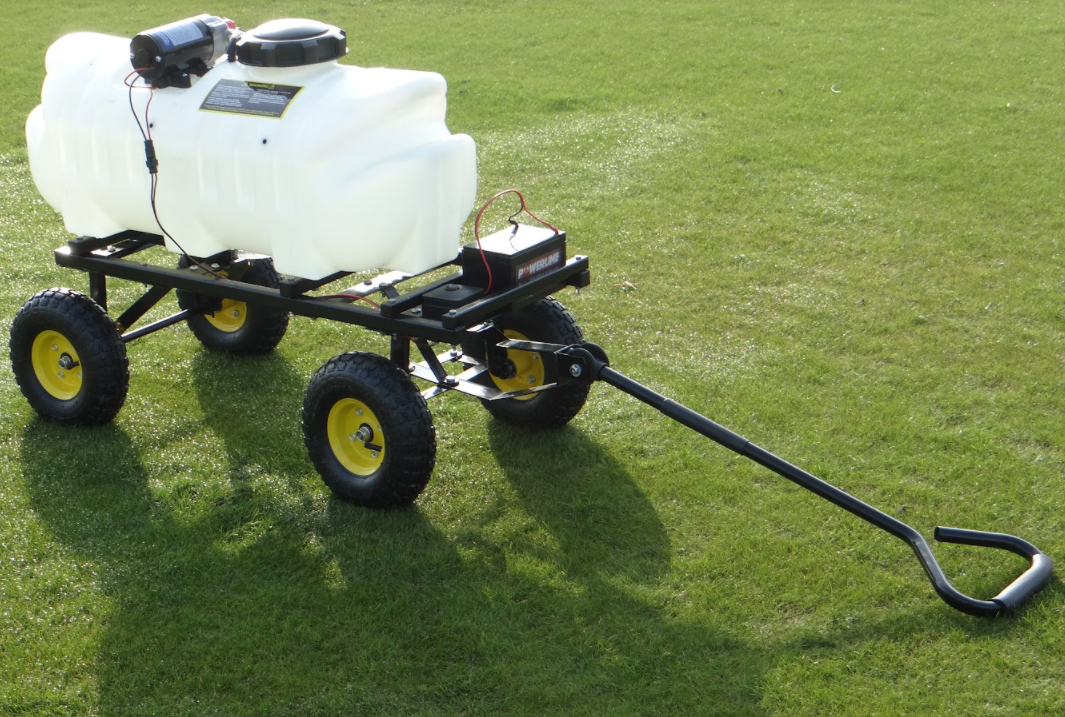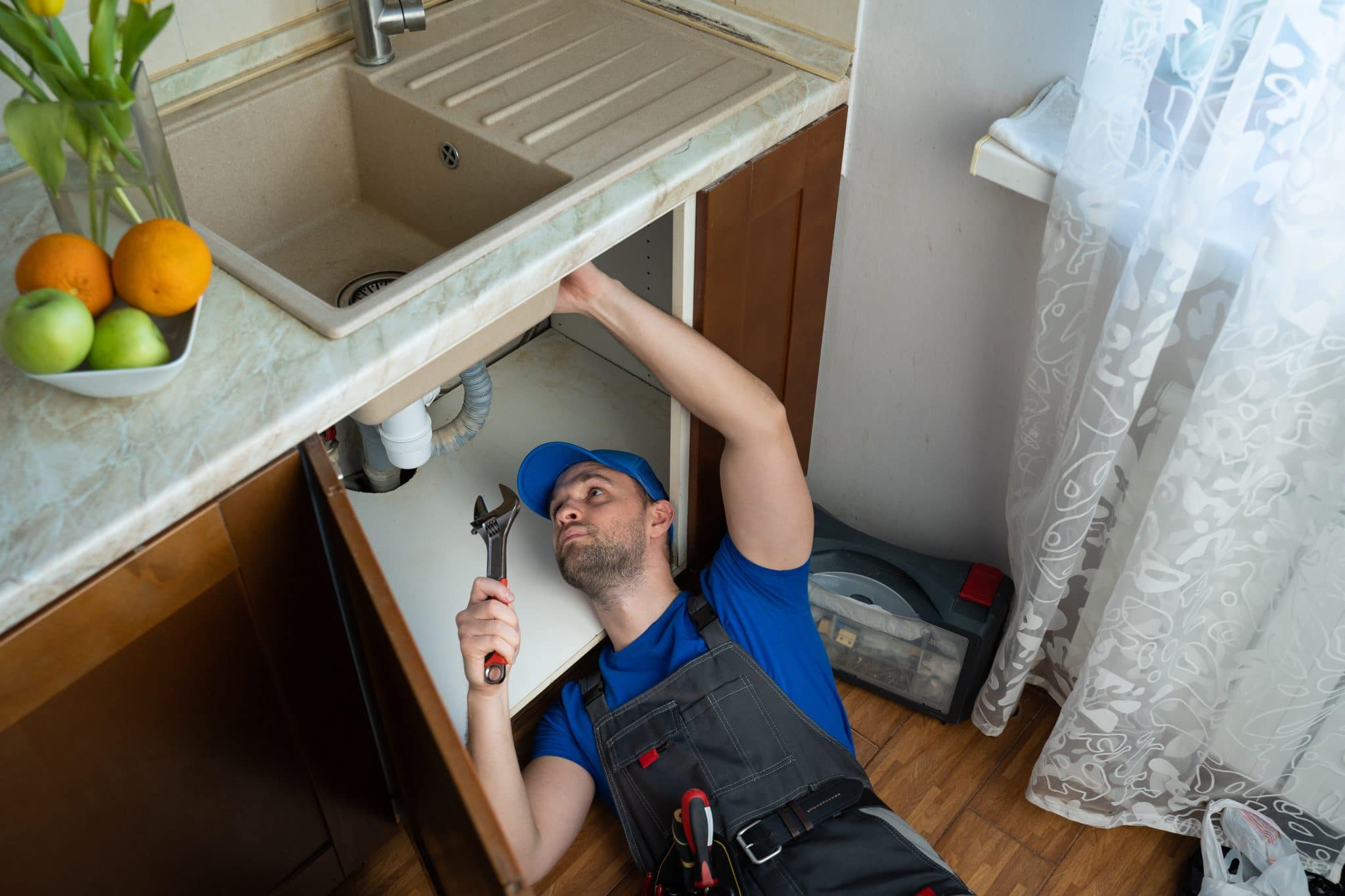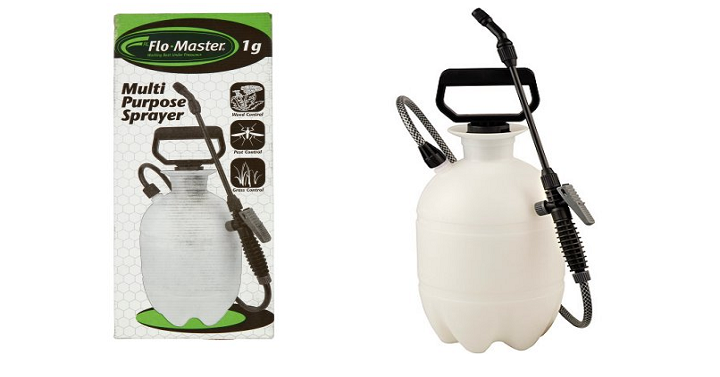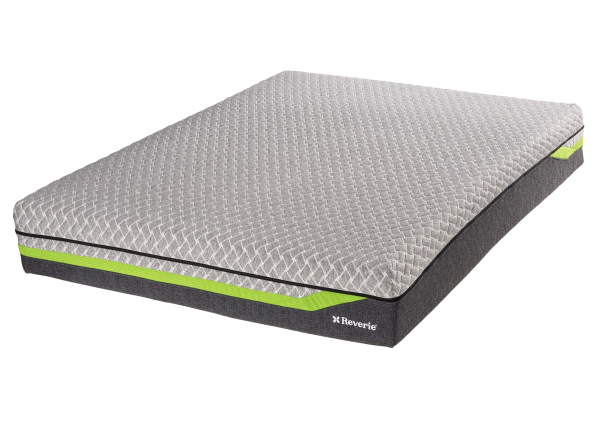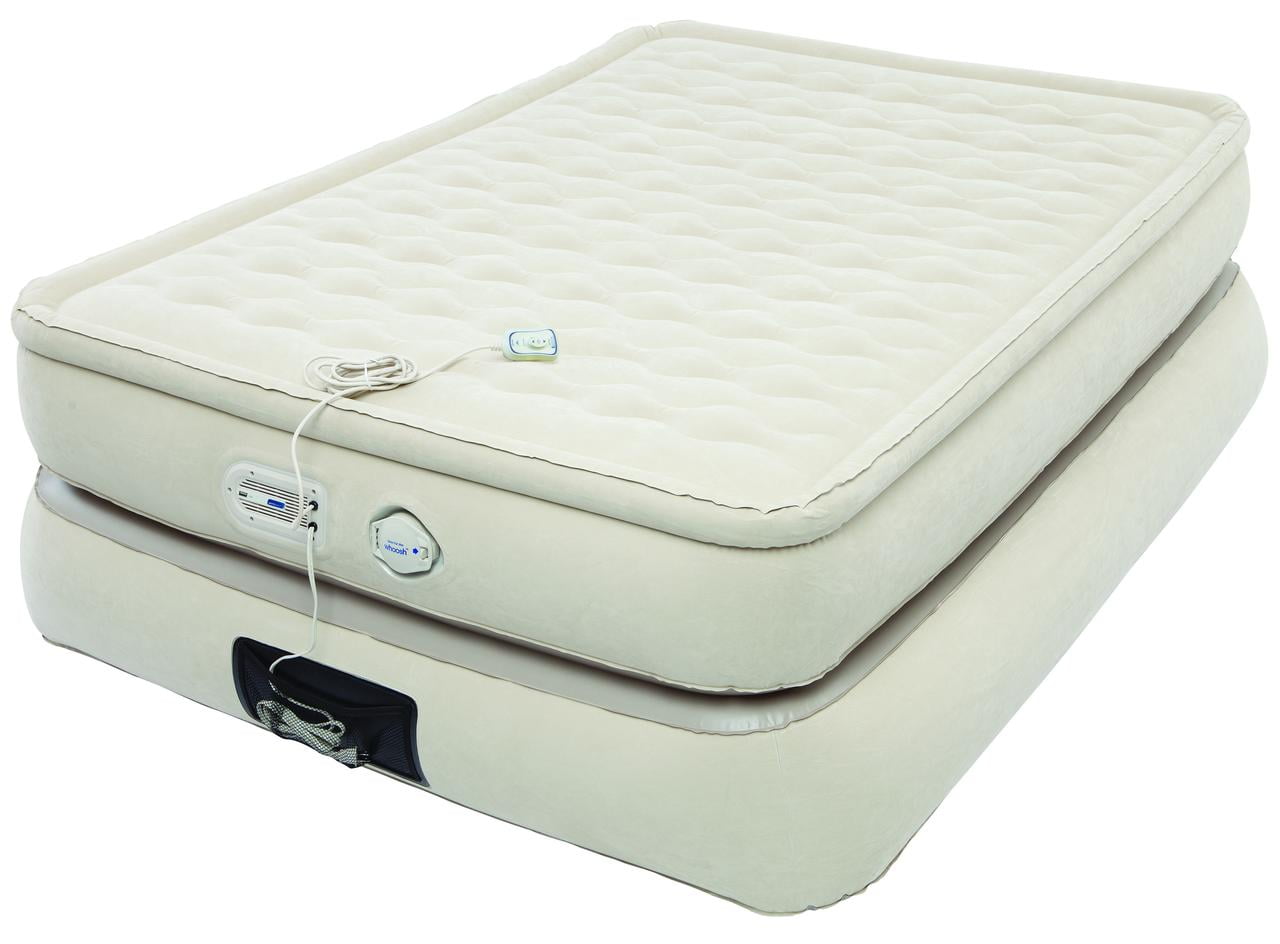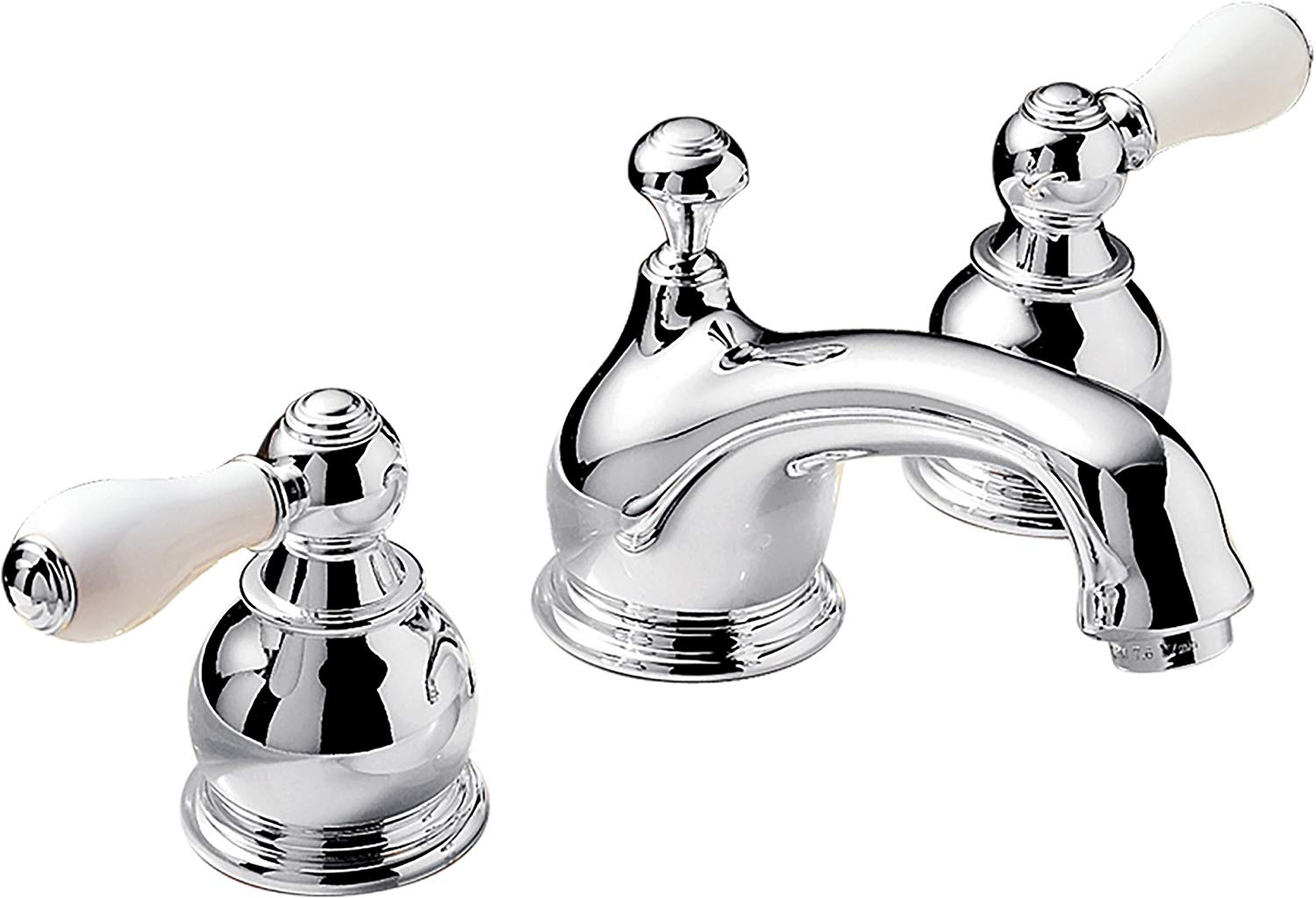1. Check the aerator
If your kitchen sink sprayer has low pressure, the first thing you should check is the aerator. This small device is located at the end of the faucet and is responsible for regulating the water flow. Over time, it can become clogged with mineral deposits and debris, leading to reduced water pressure. To fix this, simply unscrew the aerator and clean it with a brush and some vinegar. If the aerator is damaged, you may need to replace it.
2. Clean the sprayer nozzle
Another common cause of low pressure in a kitchen sink sprayer is a clogged nozzle. Food particles, sediment, and other debris can build up in the sprayer nozzle over time, blocking the water flow. To clean it, simply remove the nozzle and soak it in a solution of equal parts water and vinegar for about an hour. Then, use a toothpick or small brush to remove any remaining debris before rinsing it off and reattaching it to the sprayer.
3. Check the water supply valve
If your kitchen sink sprayer is still experiencing low pressure after cleaning the aerator and nozzle, it's time to check the water supply valve. Make sure it is fully open and not partially closed, as this can restrict the water flow. If the valve is open and you're still experiencing low pressure, there may be an issue with the valve itself and it may need to be replaced.
4. Replace the sprayer hose
If your kitchen sink sprayer has low pressure and you've ruled out all other potential causes, it's possible that there may be an issue with the sprayer hose. Over time, the hose can become kinked, damaged, or clogged, leading to reduced water flow. If this is the case, you will need to replace the hose with a new one.
5. Check for clogs in the sprayer hose
Even if the sprayer hose is not damaged, it's possible that there may be a clog somewhere in the hose. To check for this, you can disconnect the hose from both ends and run water through it to see if there are any obstructions. If there is a clog, you can try to remove it with a small brush or by running water through the hose with high pressure.
6. Replace the diverter valve
The diverter valve is responsible for redirecting water from the faucet to the sprayer. If this valve is faulty or damaged, it can result in low water pressure in the sprayer. To replace the diverter valve, you will need to turn off the water supply and remove the sprayer head. Then, you can use pliers to unscrew the old diverter and replace it with a new one.
7. Check the water pressure
If you've tried all of the above solutions and your kitchen sink sprayer still has low pressure, it's possible that the issue may be with your overall water pressure. You can check this by turning on other faucets in your home and seeing if they also have low water pressure. If this is the case, you may need to contact a plumber to address the issue.
8. Replace the sprayer head
If the sprayer head itself is damaged or worn out, it may need to be replaced. Over time, the internal mechanisms of the sprayer head can wear down, leading to reduced water flow. You can replace the sprayer head by unscrewing it from the hose and screwing on a new one.
9. Check for leaks in the sprayer hose
If you've noticed low pressure in your kitchen sink sprayer, it's important to also check for any leaks in the sprayer hose. Even a small leak can significantly reduce water pressure. You can check for leaks by running water through the hose and looking for any drips or puddles. If you find a leak, you may need to replace the hose or use a sealant to fix it.
10. Replace the entire sprayer assembly
If all else fails, it may be necessary to replace the entire sprayer assembly. This includes the sprayer head, hose, and any other components that may be causing the low pressure. While this may be a more expensive option, it can provide a long-term solution for your kitchen sink sprayer.
In conclusion, if you're experiencing low pressure in your kitchen sink sprayer, there are several potential causes and solutions to consider. By checking and addressing each possible issue, you can ensure that your sprayer is functioning properly and enjoy a strong and consistent water flow in your kitchen.
Kitchen Sink Sprayer Has Low Pressure: Causes and Solutions

Introduction
 When designing a house, the kitchen is often considered the heart of the home. It is where families come together to cook, eat, and bond. That is why it is important to have a fully functioning kitchen, including all its appliances and fixtures. However, one common issue that homeowners face is a low-pressure kitchen sink sprayer. This can be frustrating and inconvenient, making everyday tasks such as washing dishes and filling pots with water a time-consuming process. In this article, we will discuss the possible causes of a low-pressure kitchen sink sprayer and offer solutions to solve this problem.
When designing a house, the kitchen is often considered the heart of the home. It is where families come together to cook, eat, and bond. That is why it is important to have a fully functioning kitchen, including all its appliances and fixtures. However, one common issue that homeowners face is a low-pressure kitchen sink sprayer. This can be frustrating and inconvenient, making everyday tasks such as washing dishes and filling pots with water a time-consuming process. In this article, we will discuss the possible causes of a low-pressure kitchen sink sprayer and offer solutions to solve this problem.
Causes of Low Pressure in Kitchen Sink Sprayer
 There are several reasons why your kitchen sink sprayer may have low pressure. One of the most common causes is a clogged aerator. The aerator is the small attachment at the end of the sprayer that controls the water flow. Over time, minerals and debris can build up and clog the aerator, reducing the water pressure. Another cause could be a faulty or old sprayer head. If the sprayer head is damaged or worn out, it can affect the water flow and result in low pressure. Additionally, low water pressure in your overall plumbing system can also affect the pressure of your kitchen sink sprayer.
There are several reasons why your kitchen sink sprayer may have low pressure. One of the most common causes is a clogged aerator. The aerator is the small attachment at the end of the sprayer that controls the water flow. Over time, minerals and debris can build up and clog the aerator, reducing the water pressure. Another cause could be a faulty or old sprayer head. If the sprayer head is damaged or worn out, it can affect the water flow and result in low pressure. Additionally, low water pressure in your overall plumbing system can also affect the pressure of your kitchen sink sprayer.
Solutions to Increase Kitchen Sink Sprayer Pressure
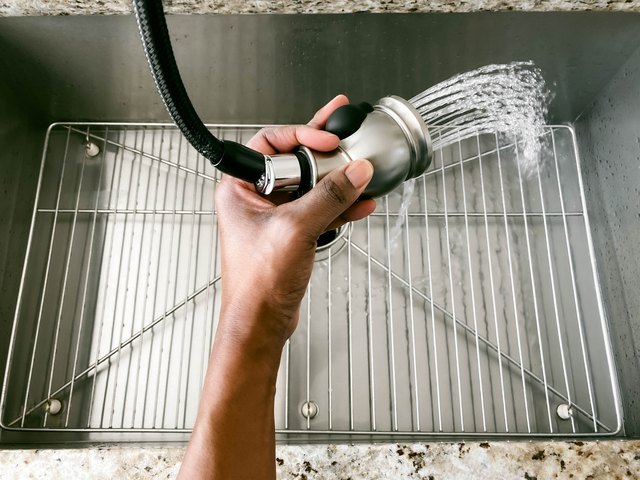 Fortunately, there are several solutions to increase the pressure of your kitchen sink sprayer. The first step is to check and clean the aerator. To do this, unscrew the aerator from the sprayer head and use a toothbrush or small brush to remove any buildup. If the aerator is damaged, you can replace it with a new one. Another solution is to replace the sprayer head entirely. There are various options available in the market, so make sure to choose one that fits your kitchen sink and offers good water pressure. If the issue is with your overall plumbing system, it is best to consult a professional plumber to identify and fix the problem.
Fortunately, there are several solutions to increase the pressure of your kitchen sink sprayer. The first step is to check and clean the aerator. To do this, unscrew the aerator from the sprayer head and use a toothbrush or small brush to remove any buildup. If the aerator is damaged, you can replace it with a new one. Another solution is to replace the sprayer head entirely. There are various options available in the market, so make sure to choose one that fits your kitchen sink and offers good water pressure. If the issue is with your overall plumbing system, it is best to consult a professional plumber to identify and fix the problem.
In Conclusion
 A low-pressure kitchen sink sprayer can be a frustrating problem to deal with, but it is not an impossible one to solve. By identifying the cause and using the appropriate solutions, you can easily increase the pressure of your kitchen sink sprayer and enjoy a fully functional kitchen. Remember to regularly clean and maintain your sprayer to avoid future issues. If the problem persists, do not hesitate to seek professional help. We hope this article has been helpful in providing insights on how to address a low-pressure kitchen sink sprayer.
A low-pressure kitchen sink sprayer can be a frustrating problem to deal with, but it is not an impossible one to solve. By identifying the cause and using the appropriate solutions, you can easily increase the pressure of your kitchen sink sprayer and enjoy a fully functional kitchen. Remember to regularly clean and maintain your sprayer to avoid future issues. If the problem persists, do not hesitate to seek professional help. We hope this article has been helpful in providing insights on how to address a low-pressure kitchen sink sprayer.
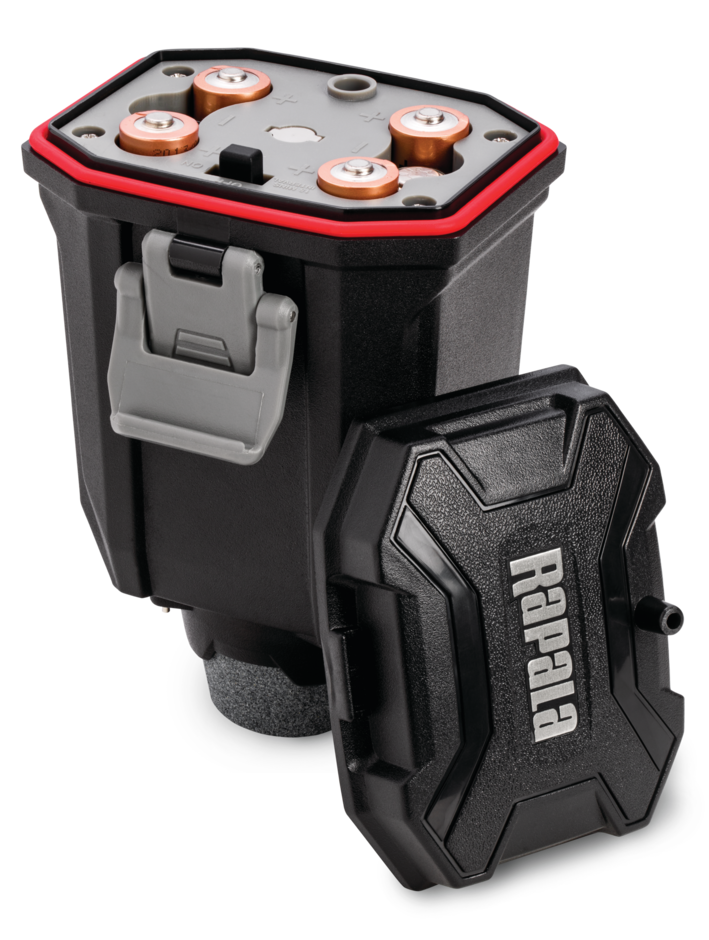

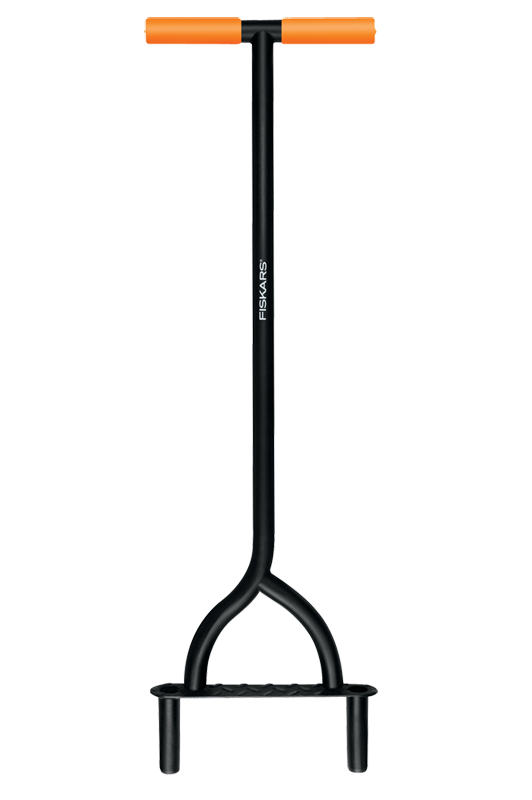



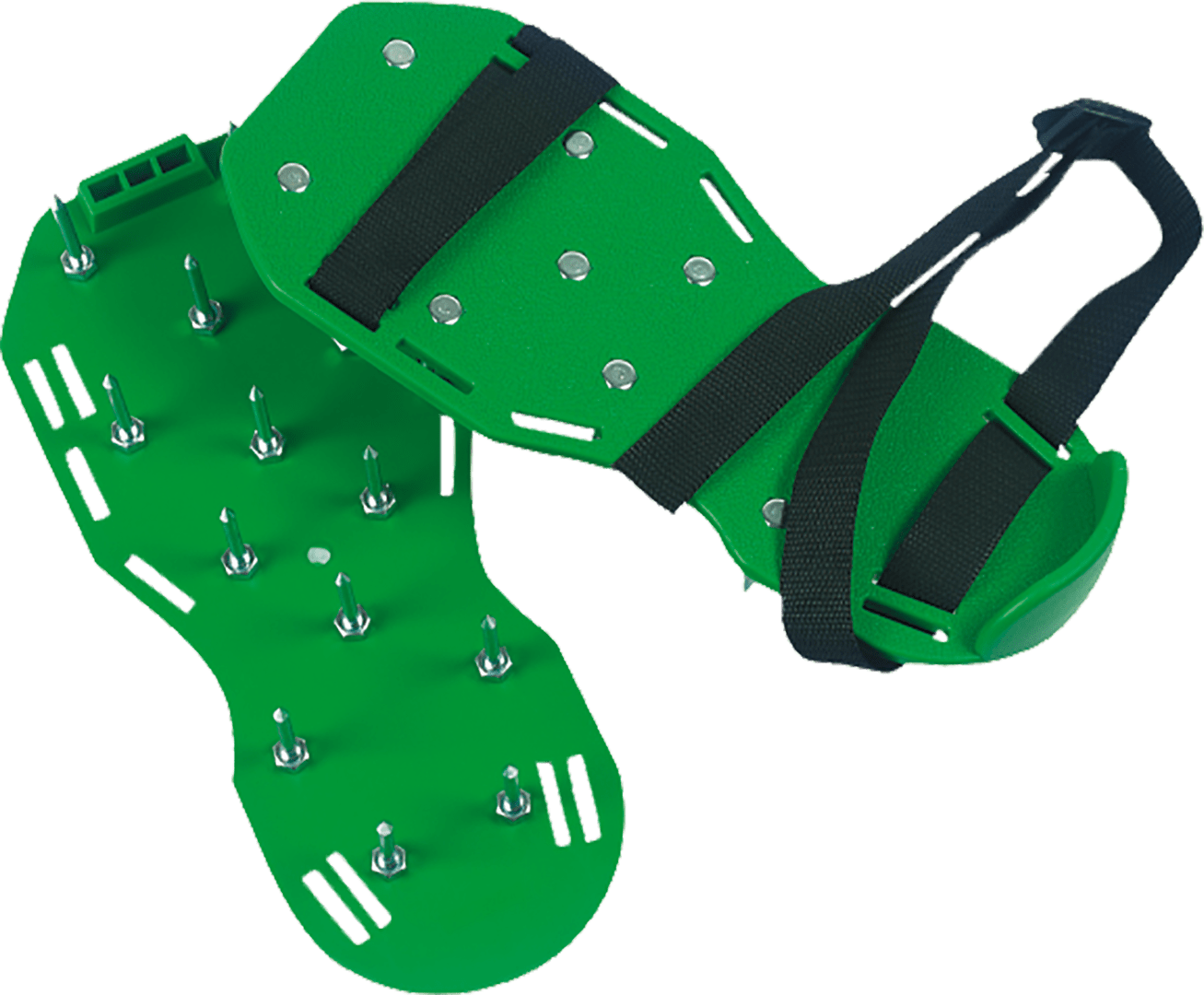



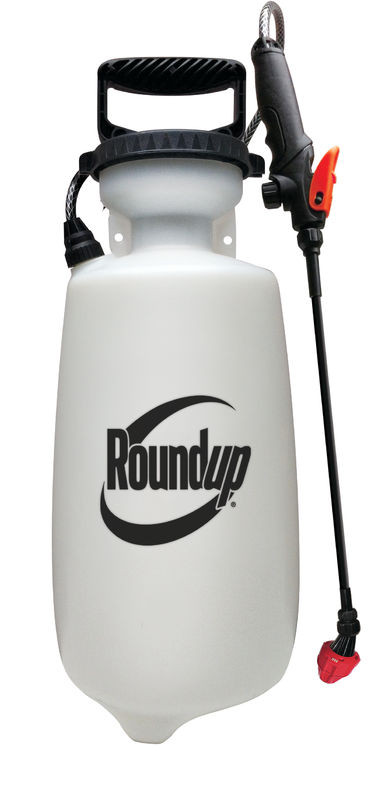


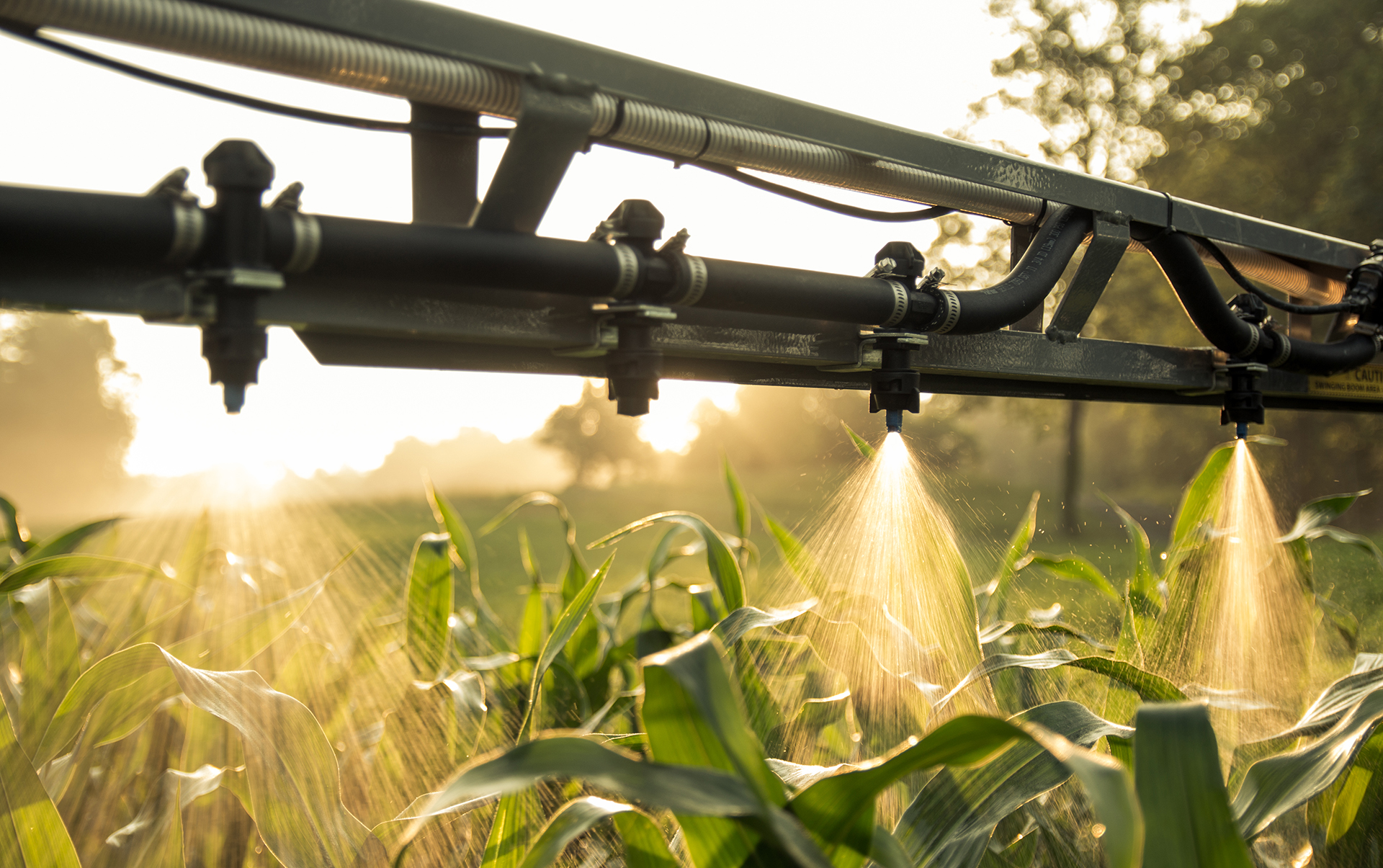

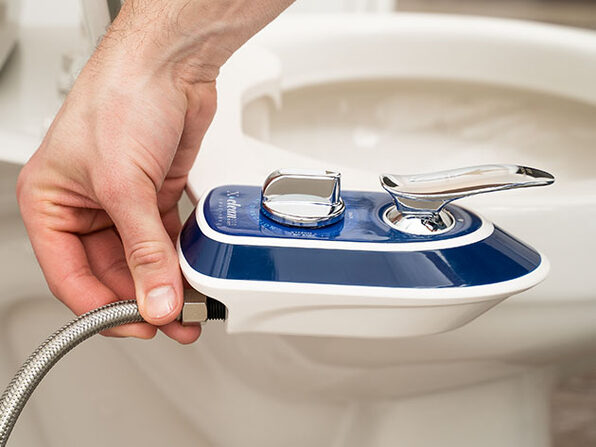
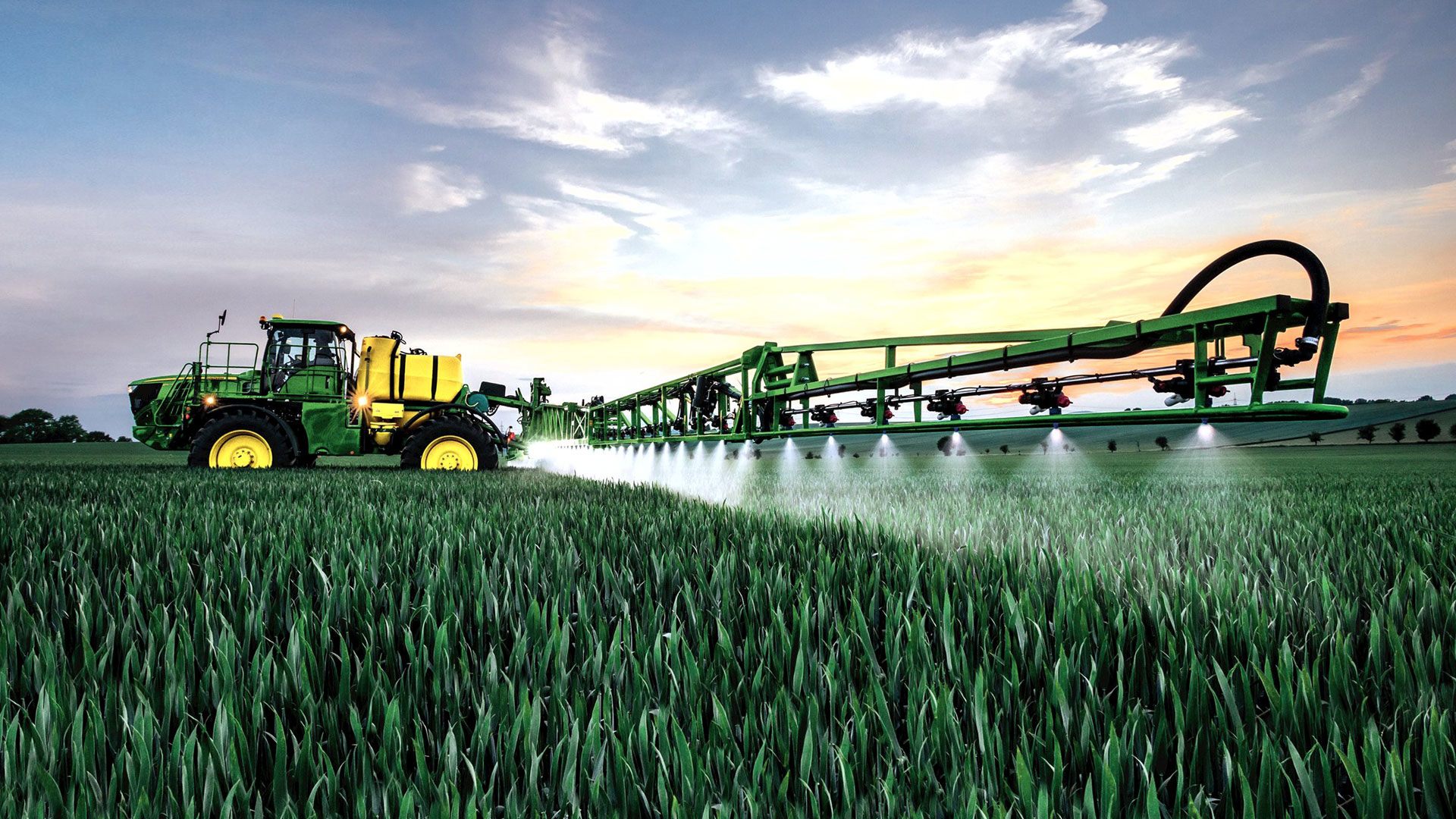

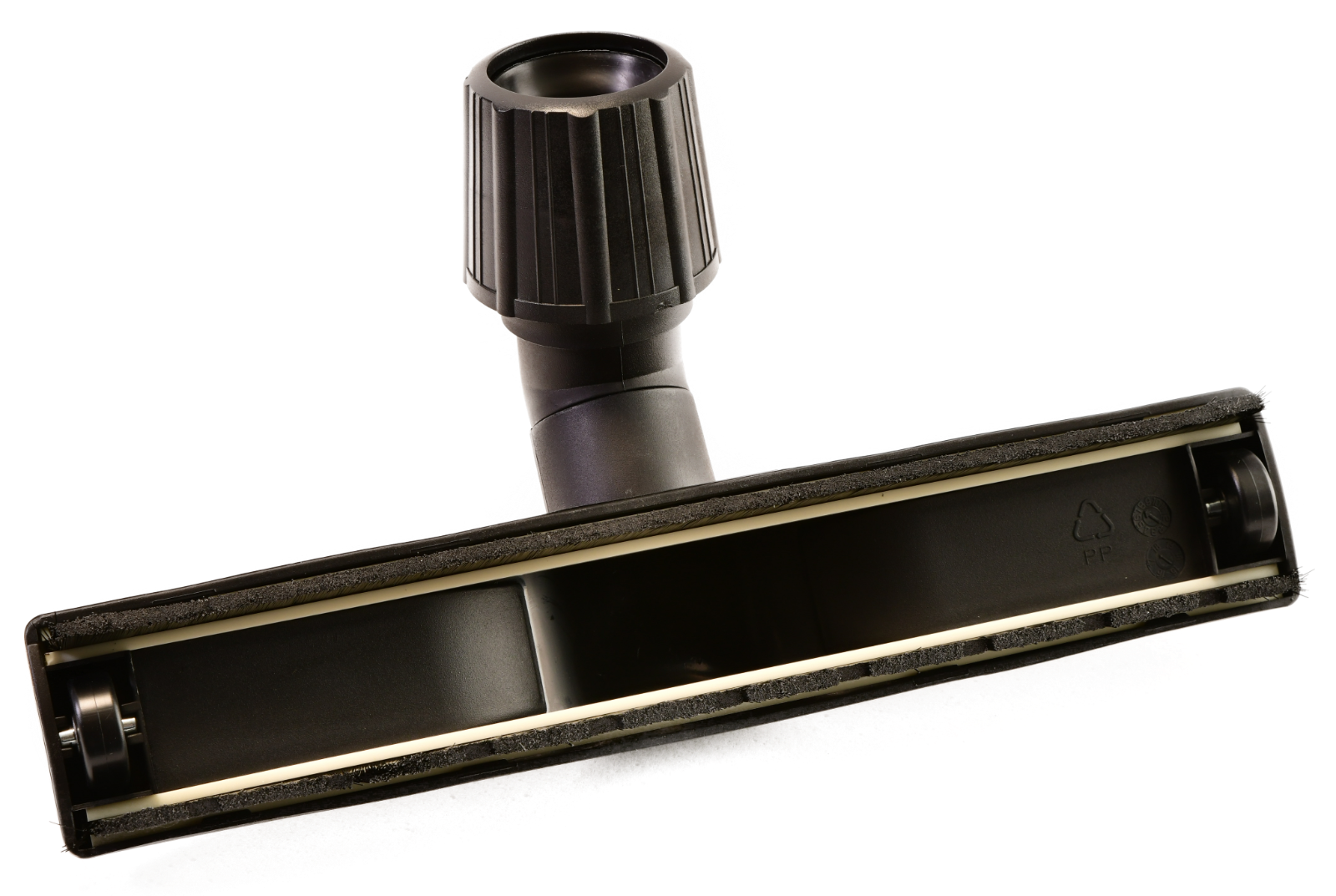
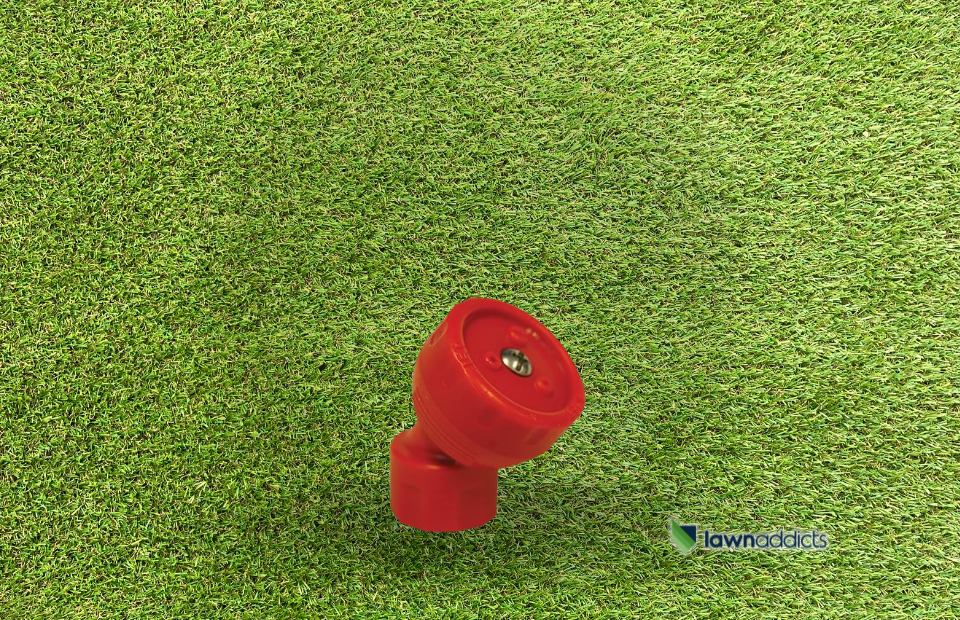








:max_bytes(150000):strip_icc()/GettyImages-1057621140-78ab2e946841421d9a7efeebe02935d2.jpg)



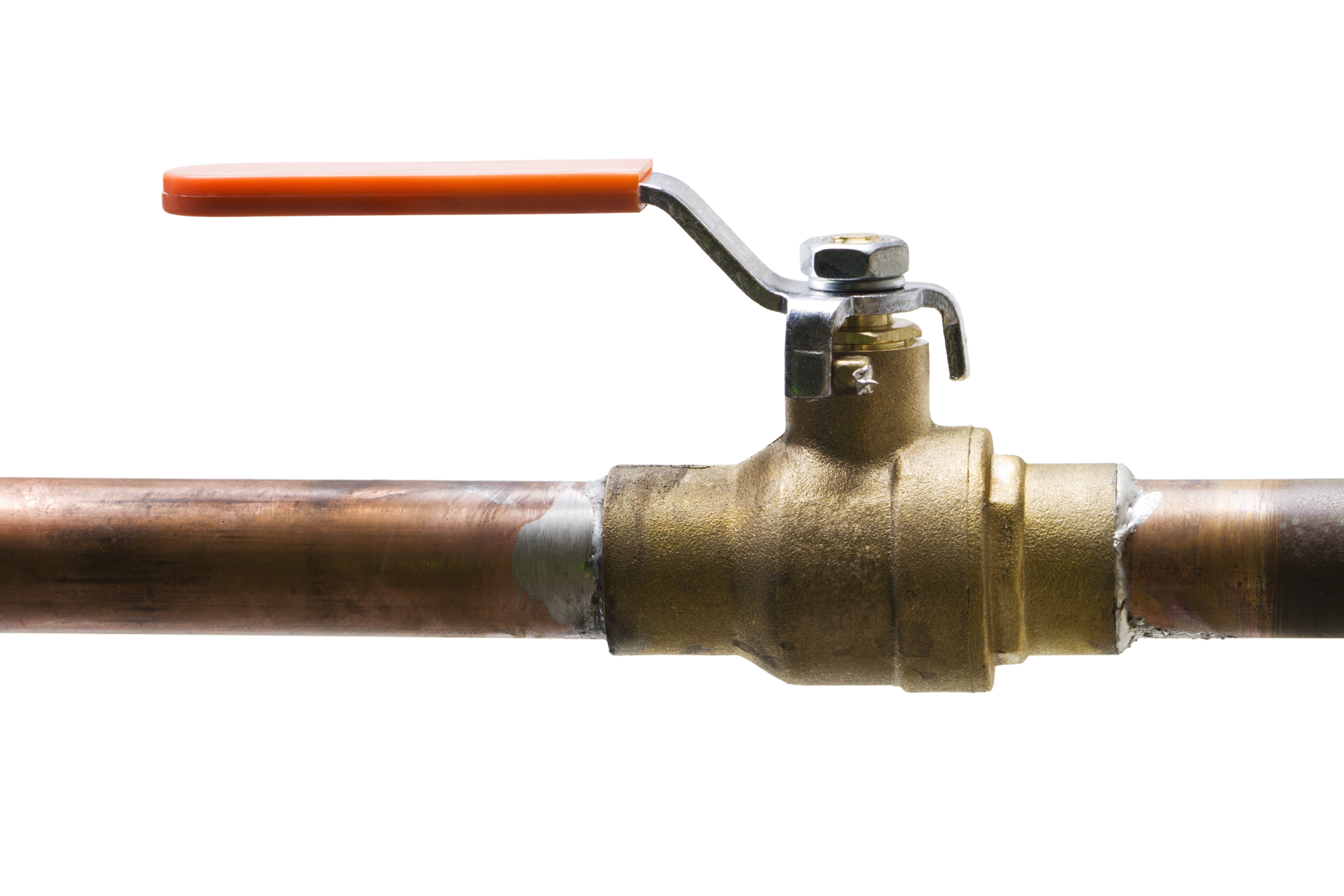

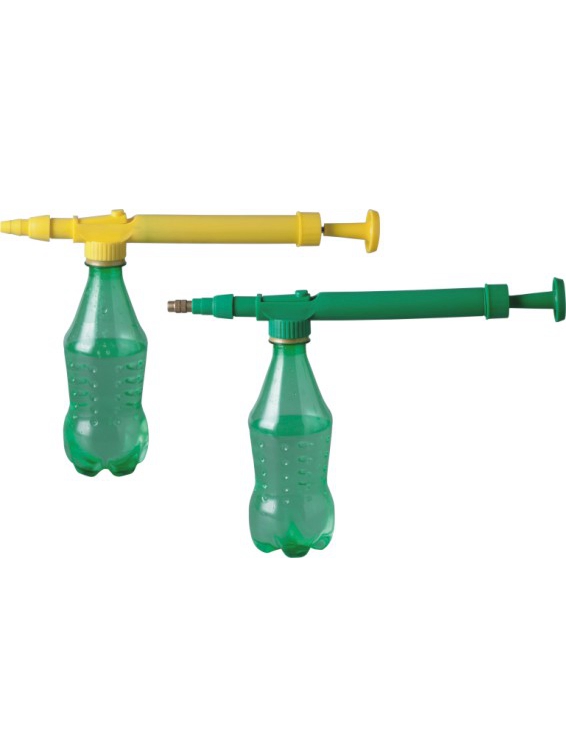



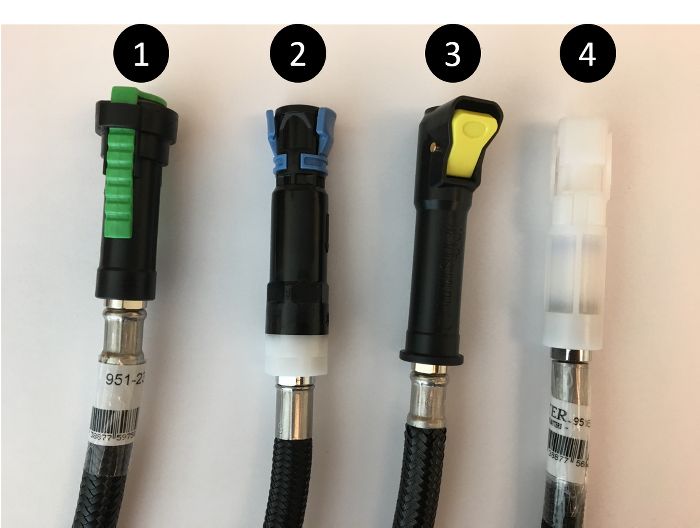
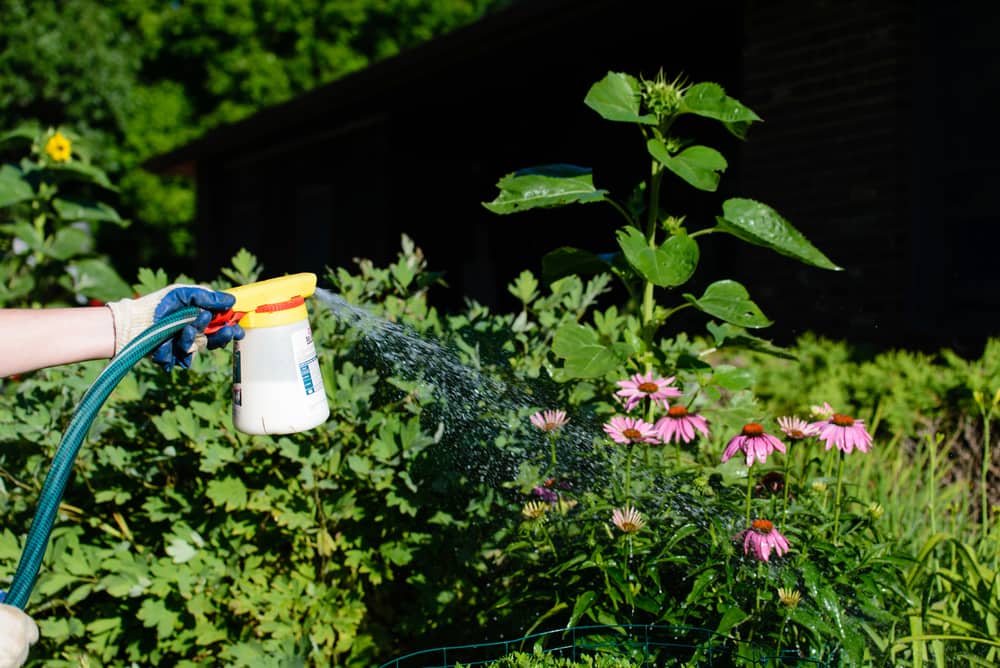

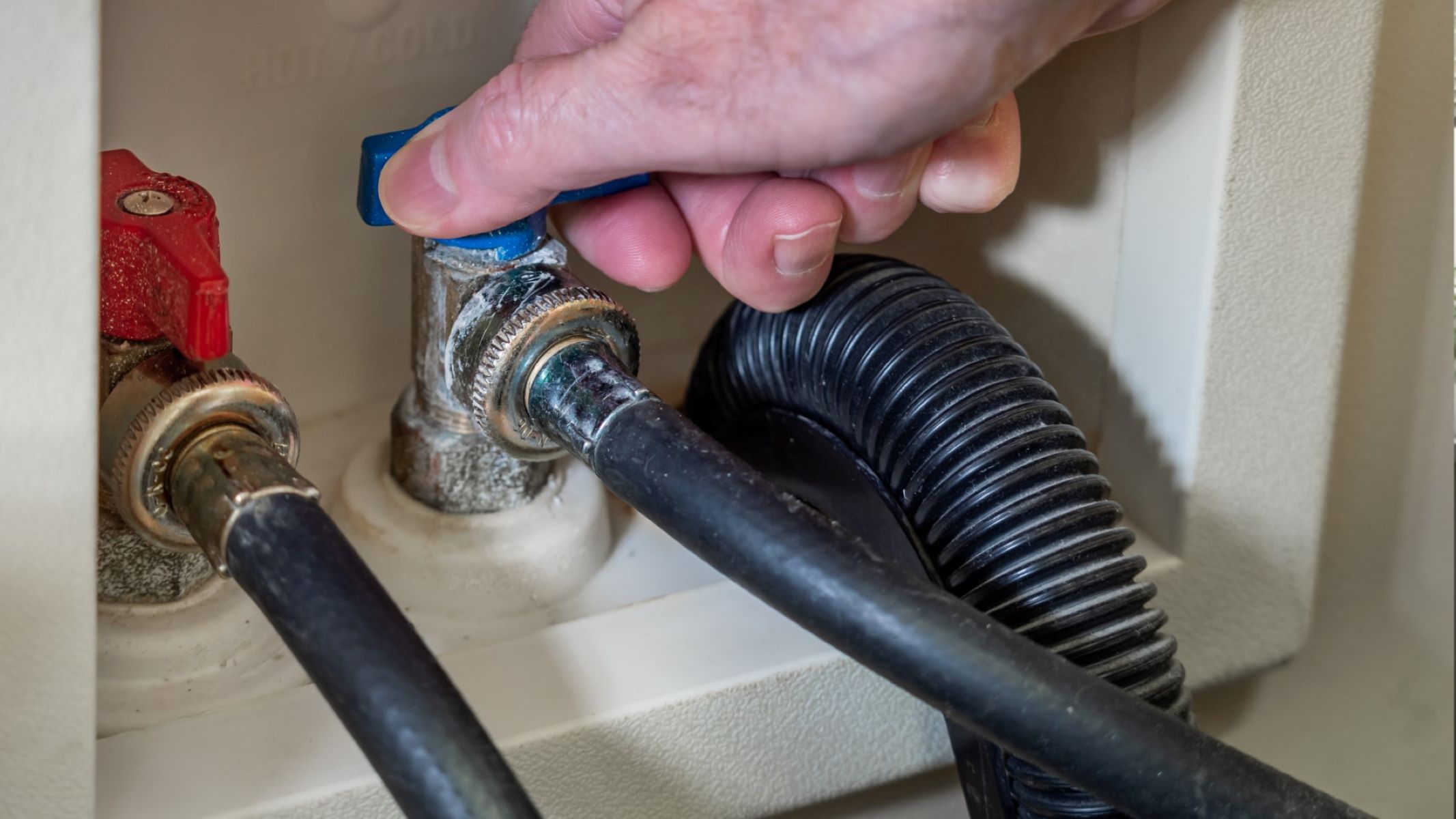


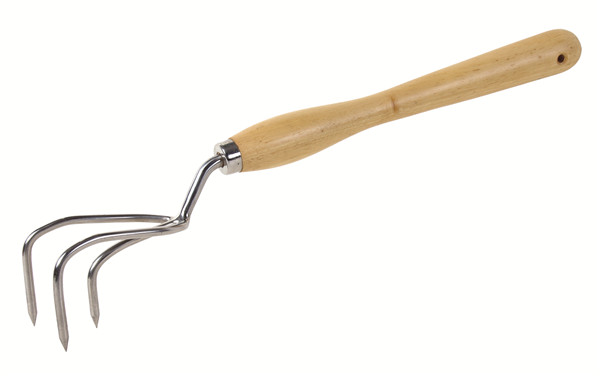
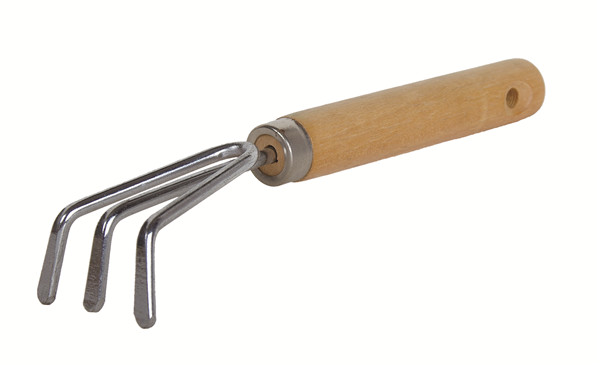






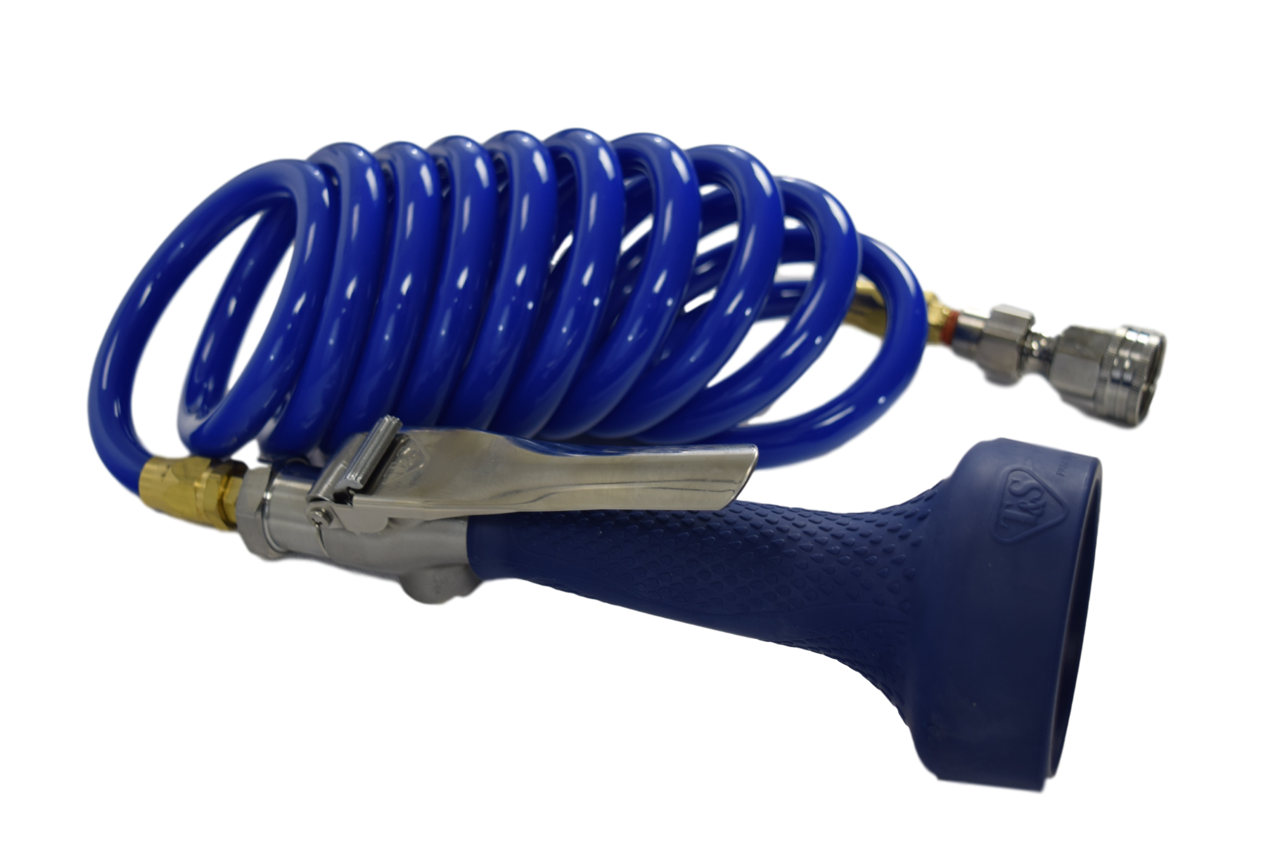
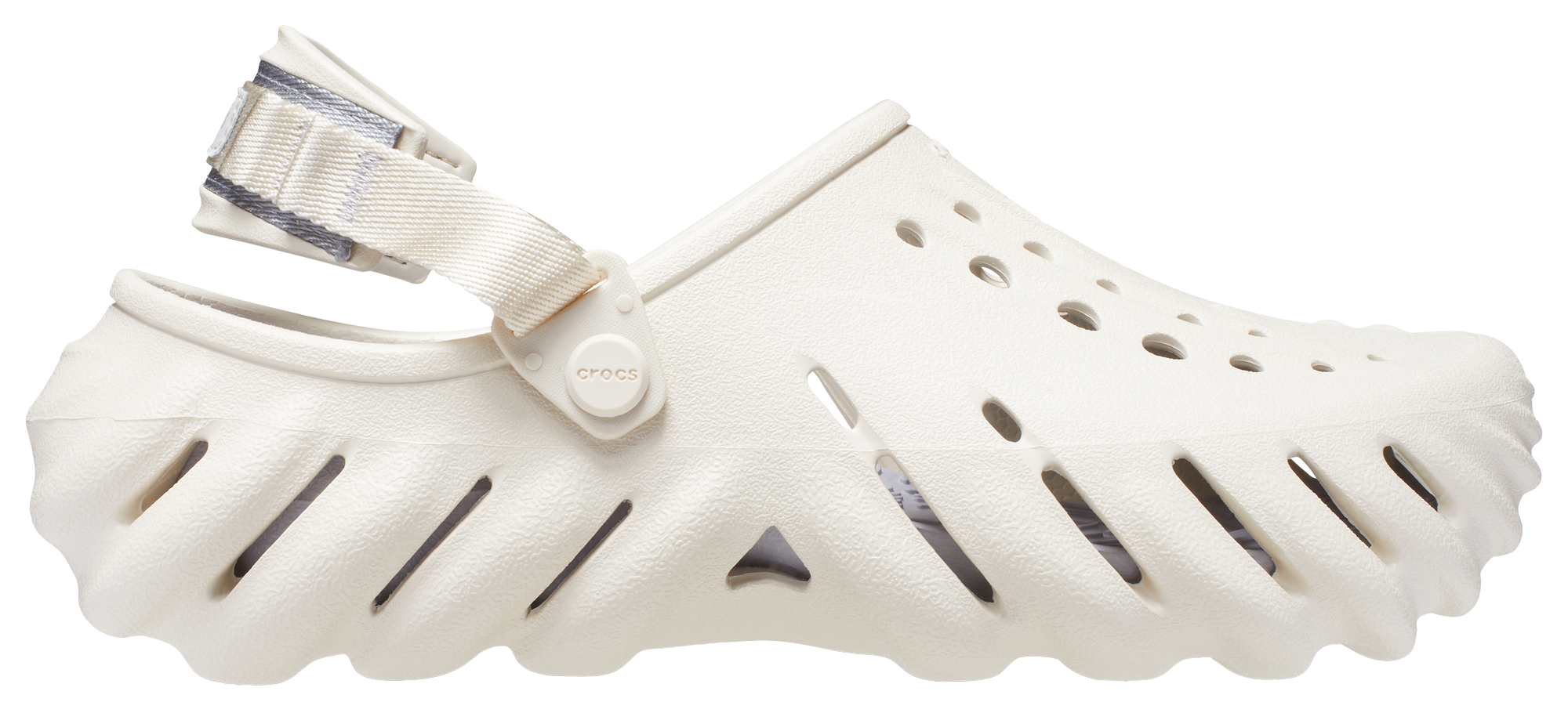


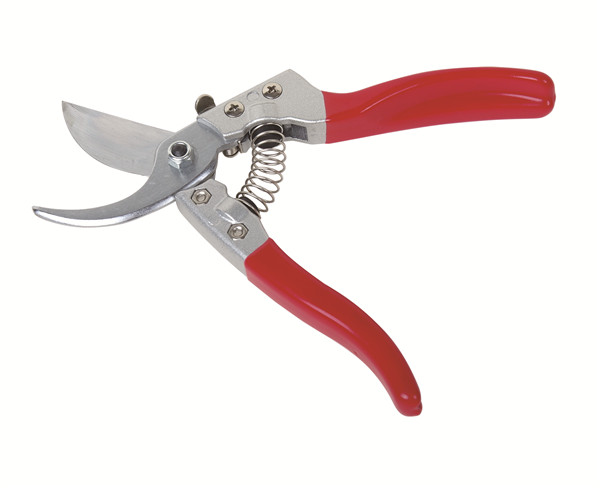



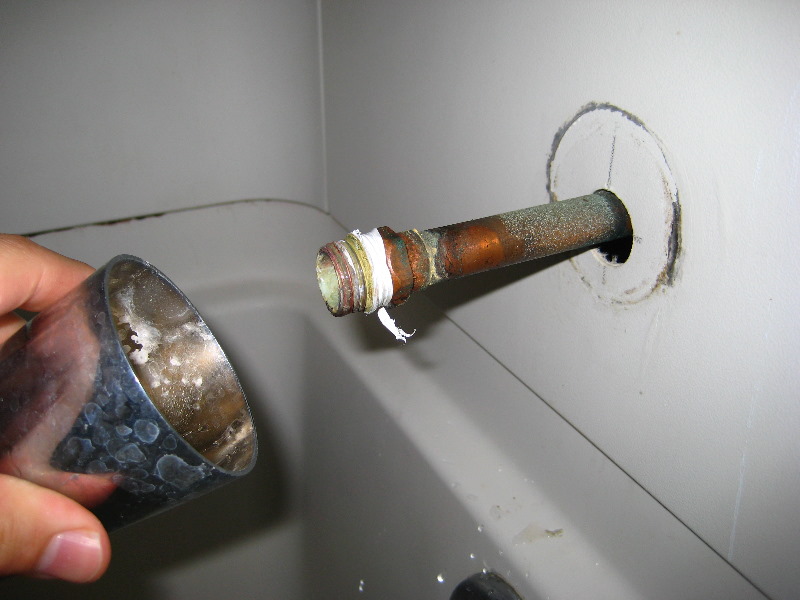

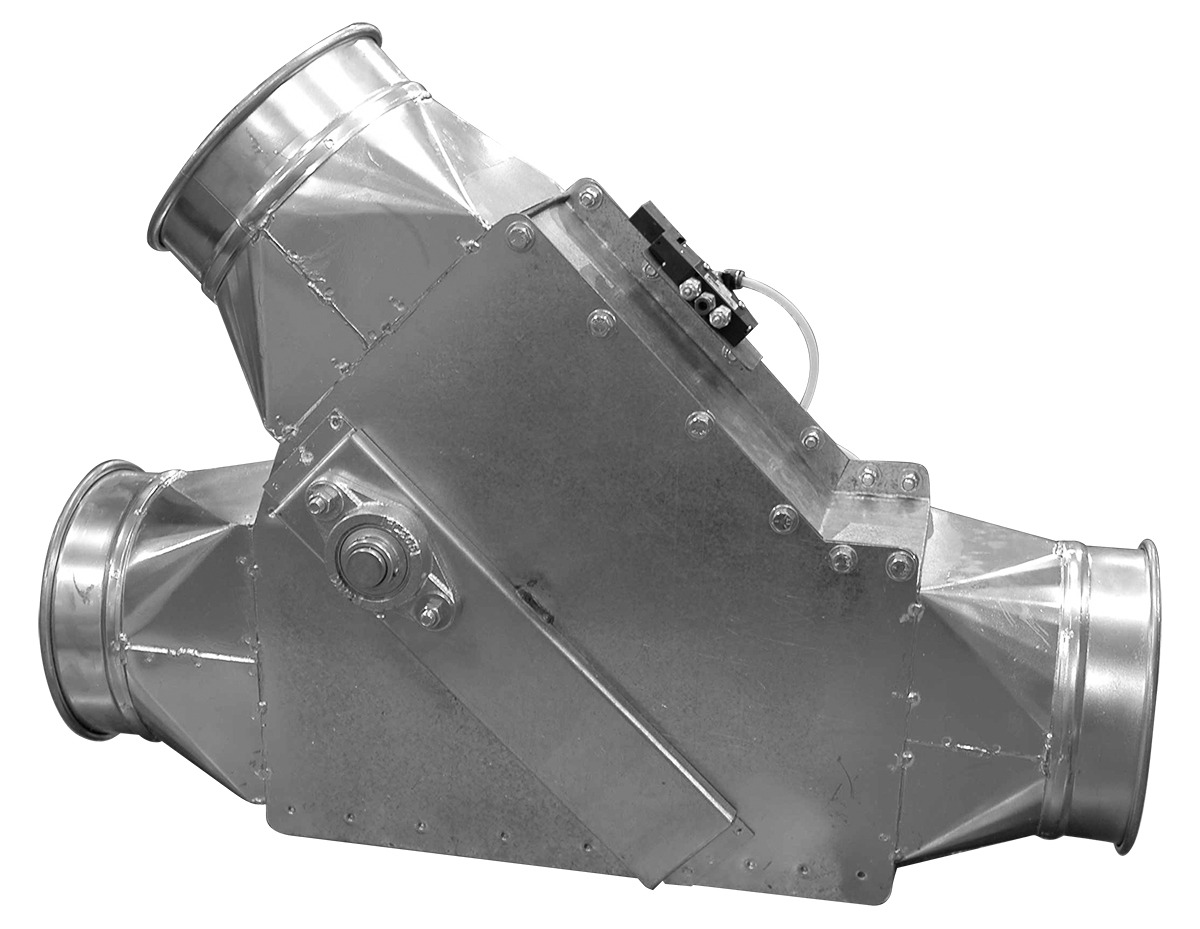




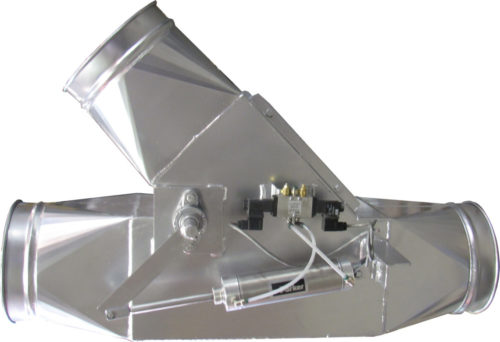





:max_bytes(150000):strip_icc()/the-men-s-hand-opens-the-ball-valve-on-the-collector-1006810456-5c5fc73fc9e77c000159c4af.jpg)
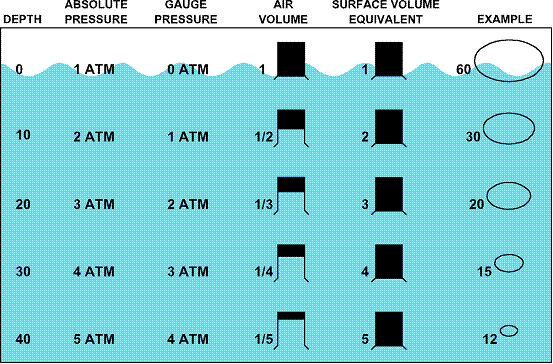

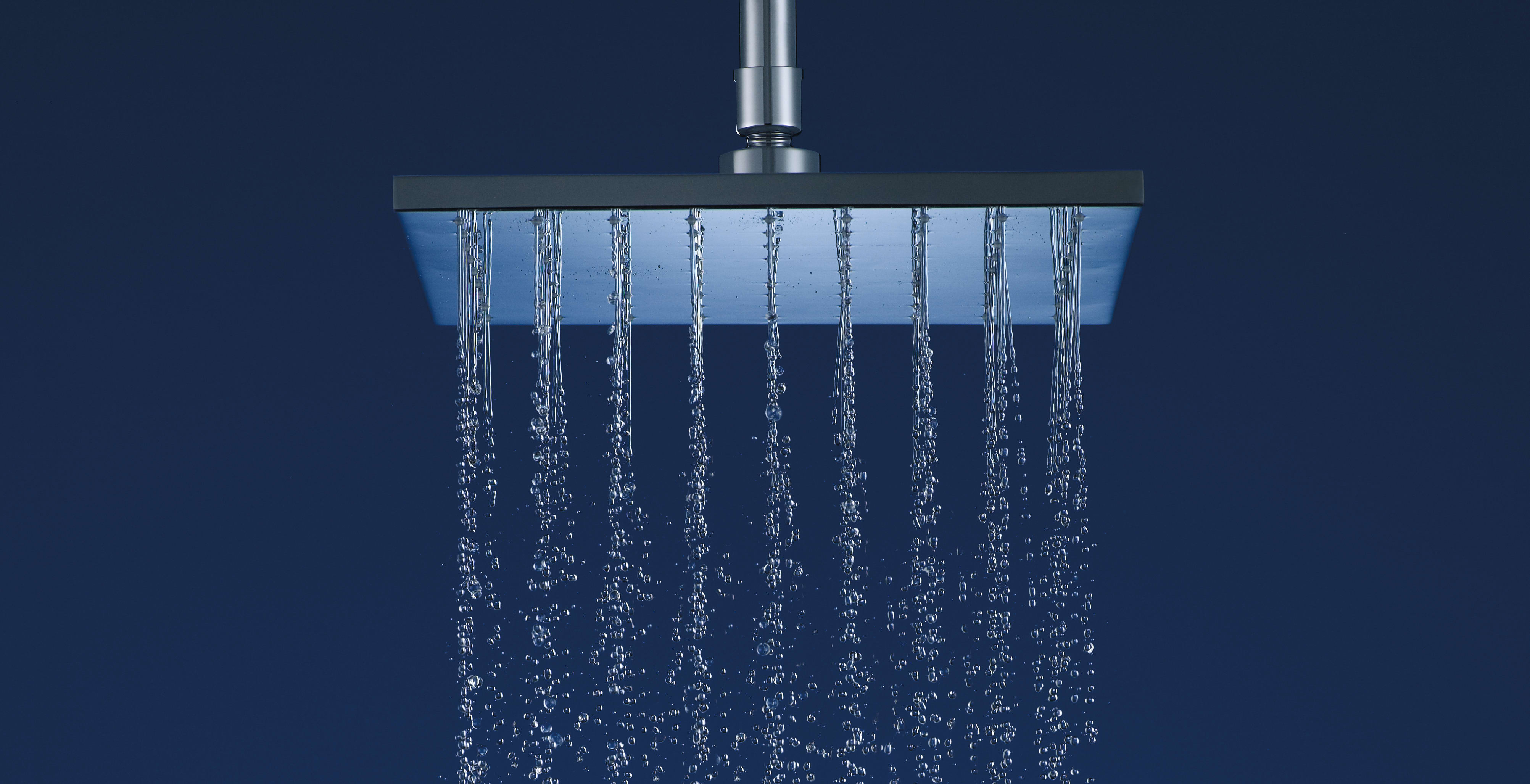
/testing-water-pressure-in-your-home-2718692-hero-98f45508ca5d44b6b551034ac5cedab5.jpg)

/93097679-56a73c295f9b58b7d0e81657.jpg)


